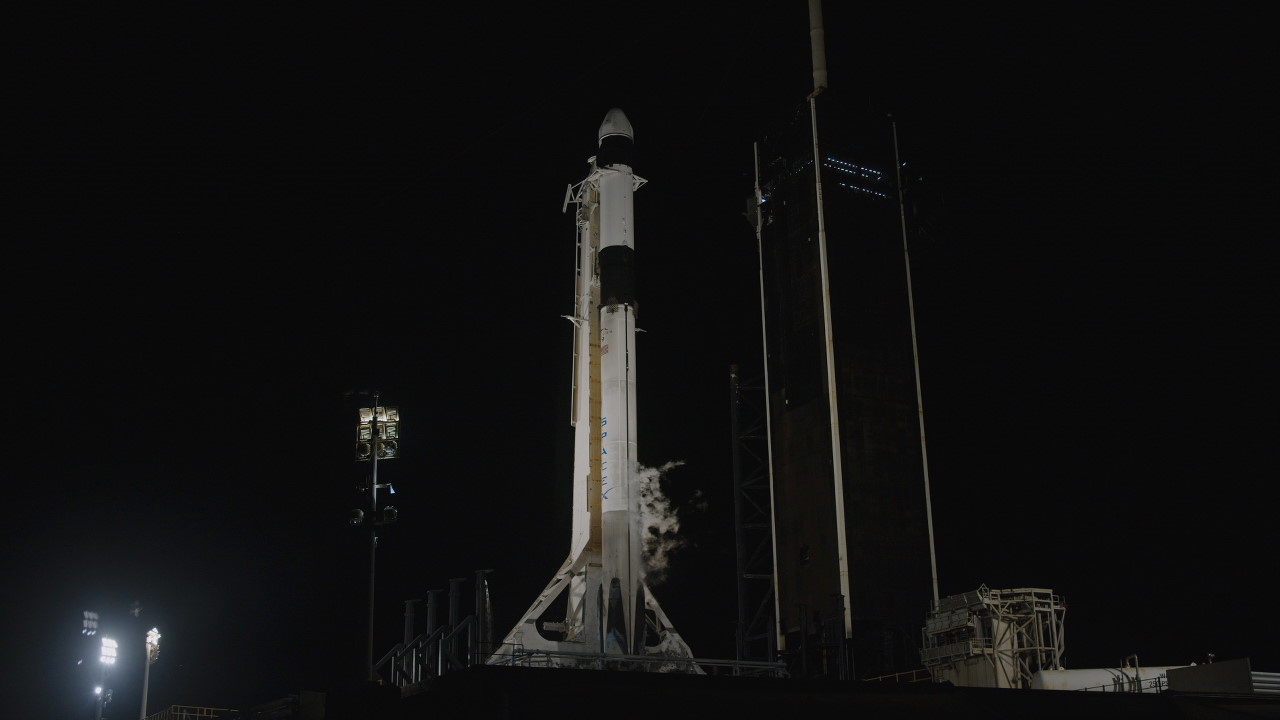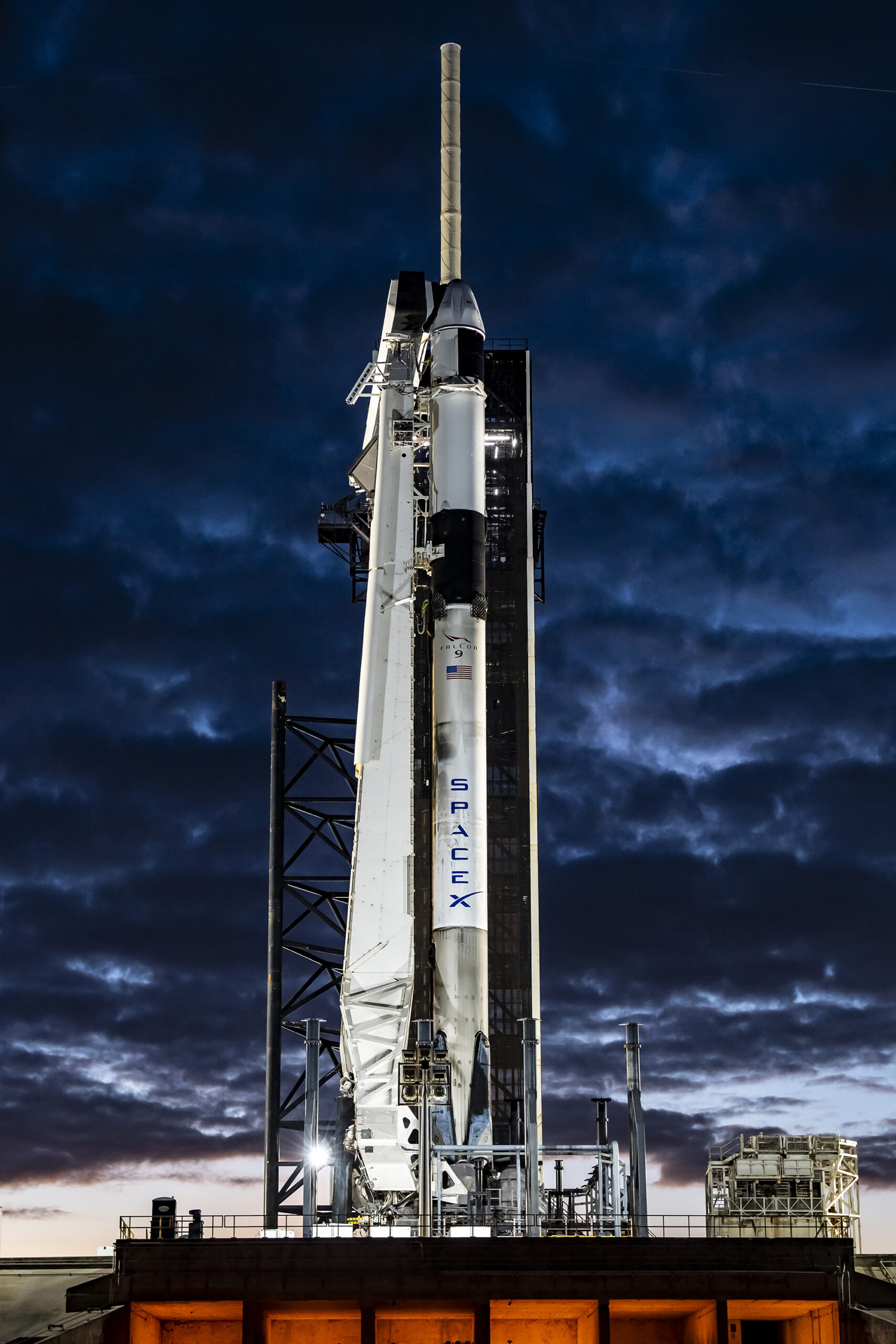
While the International Space Station was traveling more than 262 miles over central Brazil, a SpaceX Dragon cargo spacecraft autonomously docked to station’s Harmony module at 5:07 a.m. EST, with NASA astronauts Jasmin Moghbeli and Loral O’Hara monitoring operations from the station.
The Dragon launched on SpaceX’s 29th contracted commercial resupply mission for NASA at 8:28 p.m. EST, Nov. 9, from Launch Complex 39A at the agency’s Kennedy Space Center in Florida. After Dragon spends about one month attached to the space station, the spacecraft will return to Earth with cargo and research.
Among the science experiments Dragon is delivering to the space station are:
Laser Communication from Space
NASA’s ILLUMA-T investigation tests technology to provide enhanced data communication capabilities on the space station. A terminal mounted on the station’s exterior uses laser or optical communications to send high-resolution information to the agency’s Laser Communications Relay Demonstration (LCRD) system, which is in geosynchronous orbit around Earth. The system uses invisible infrared light and can send and receive information at higher data rates than traditional radio frequency systems. The ILLUMA-T demonstration also paves the way for placing laser communications terminals on spacecraft orbiting the Moon or Mars.
Watching Waves in the Atmosphere
NASA’s AWE (Atmospheric Wave Experiment) uses an infrared imaging instrument to measure the characteristics, distribution, and movement of atmospheric gravity waves. These waves roll through Earth’s atmosphere when air is disturbed much like waves created by dropping a stone into water. Researchers are looking at how AGWs contribute to space weather, which refers to the varying conditions within the Solar System, including solar wind. Space weather affects space- and ground-based communications, navigation, and tracking systems. The space station provides an ideal platform for the investigation given its altitude and geographic and time coverage.
Respiratory Health Research
Gaucho Lung, sponsored by the International Space Station National Lab, studies how mucus lining the respiratory system affects delivery of drugs carried in a small amount of injected liquid, known as a liquid plug. Conducting this research in microgravity makes it possible to isolate the factors involved, including capillary or wicking forces, mucus characteristics, and gravity. Understanding the role of these factors could inform the development and optimization of targeted respiratory treatments.
Water Filtration Technology
Aquamembrane-3, an investigation from ESA (European Space Agency), continues evaluation of replacing the multi-filtration beds used for water recovery on the space station with a type of membrane known as an Aquaporin Inside Membrane (AIM). These membranes incorporate proteins found in biological cells, known as aquaporins, to filter water faster while using less energy. Results could advance development of a complete and full-scale membrane-based water recovery system, improving water reclamation and reducing the amount of material that needs to be launched to the space station. This water filtration technology also could have applications in extreme environments on Earth, such as emergency settings, and decentralized water systems in remote locations.
These are just a few of the hundreds of investigations currently being conducted aboard the orbiting laboratory in the areas of biology and biotechnology, physical sciences, and Earth and space science. Advances in these areas will help keep astronauts healthy during long-duration space travel and demonstrate technologies for future human and robotic exploration beyond low-Earth orbit to the Moon through NASA’s Artemis missions and eventually Mars.
Learn more about station activities by following the space station blog, @space_station and @ISS_Research on X, as well as the ISS Facebook and ISS Instagram accounts.
Get weekly video highlights at: https://roundupreads.jsc.nasa.gov/videoupdate/
Get the latest from NASA delivered every week. Subscribe here: www.nasa.gov/subscribe






